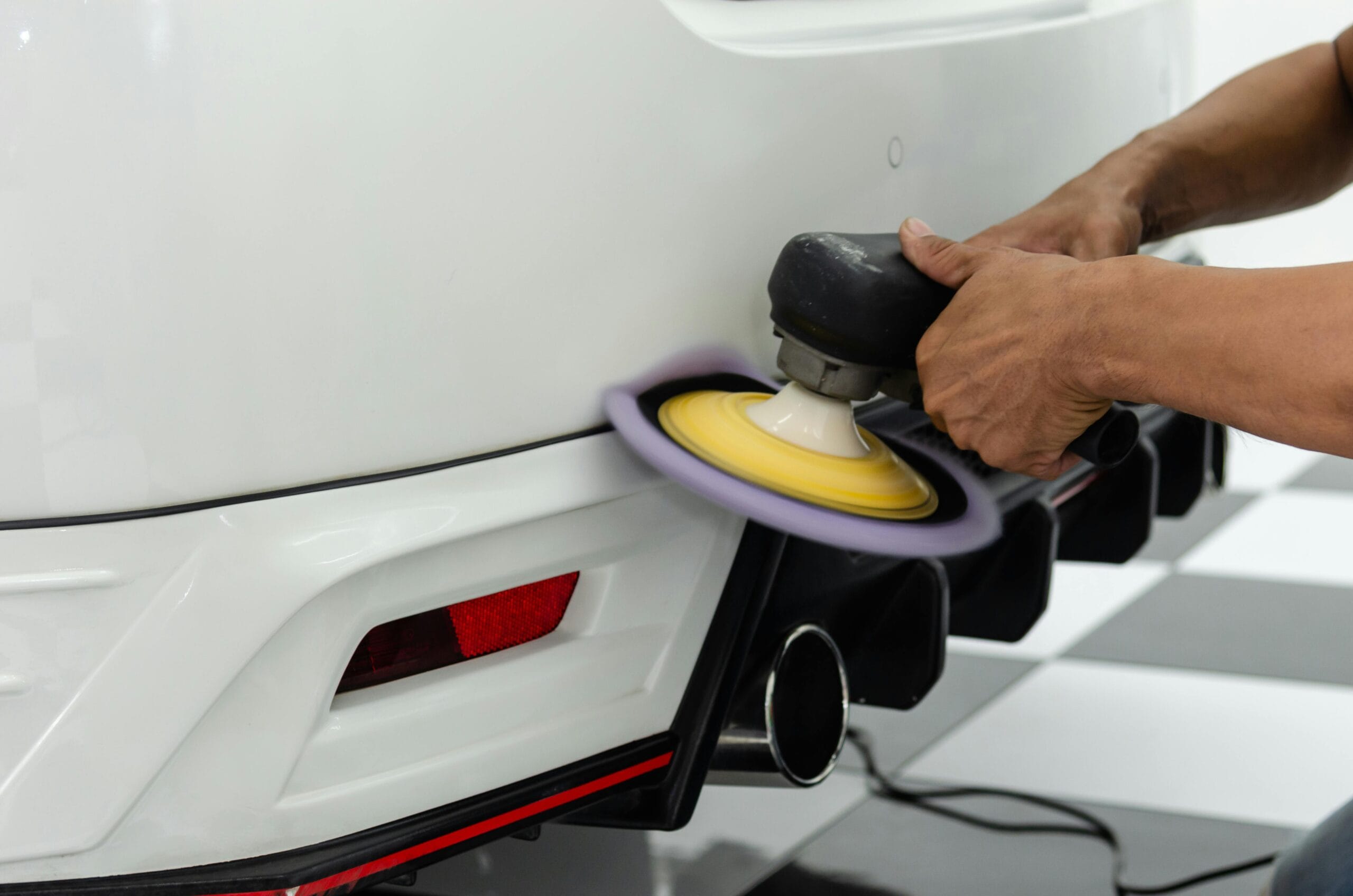Modern vehicles rely on a network of cameras, radar units, ultrasonic sensors and control modules hidden behind bumpers, windscreens and even wing mirrors. When panel work or painting is performed, these sensors can easily be knocked out of alignment. A system that seems to work fine during a basic road test may, in fact, misread its surroundings or fail to respond when it should. If a driver later has an accident and an investigation shows the ADAS sensors were not recalibrated after repair, the repairer could be held liable.
Why liability is growing
As adaptive cruise control, lane keeping assist and automatic emergency braking become standard, insurers and road safety agencies are paying closer attention to how repairs affect these systems. It is no longer enough to align body panels and send the vehicle on its way. The ADAS sensors behind those panels must be positioned, calibrated and tested. Failure to follow manufacturer procedures or industry codes of practice can expose your workshop to claims for injuries, property damage or loss of life. Even if the ADAS system does not illuminate a warning light, it may be working incorrectly – for example, braking too late, misjudging lane lines or misreporting the presence of vehicles in blind spots.
Hidden faults without warning lights
Many ADAS faults will not trigger a dashboard warning. Drivers may notice subtle changes, such as:
- Adaptive cruise control braking late or creeping up on the car in front.
- Lane keeping assist nudging the steering at the wrong time or deactivating unexpectedly.
- Blind spot monitors failing to detect approaching vehicles.
- Parking sensors giving false alerts or no alerts at all.
These issues can lead to serious accidents. If your shop replaced a bumper or repainted a radar cover and did not recalibrate the sensors, you could be responsible for the resulting failure.
Understanding the ADAS Industry Code of Conduct
In mid‑2025 the Australian Automotive Aftermarket Association (AAAA) and the Australian Repairers Council of Australia released an ADAS Calibration Industry Code of Conduct. It outlines a clear decision tree and responsibilities for independent workshops. Key recommendations include:
- Identify ADAS features before starting work. Use the vehicle identification number (VIN), customer interview and a pre‑repair scan to determine which assistance systems are present.
- Follow OEM or approved calibration guidelines. Perform a scan with a capable diagnostic tool and use the manufacturer’s specified targets and procedures for static or dynamic calibrations.
- Calibrate after any repair that could affect sensors. Windscreen replacements, bumper repairs, suspension work, wheel alignments or structural repairs all require recalibration【676453366017243†L90-L97】.
- Document everything. Record the type of calibration performed (static, dynamic or self‑calibrating), equipment used, technician name and date. Provide a calibration certificate to the customer.
- Perform a final road test. Confirm that each ADAS feature operates correctly at various speeds. If the system cannot be calibrated or a fault remains, advise the customer not to use the feature and refer them to a specialist.
The Code emphasises that calibration is not optional and that workshops should have adequate space, lighting and targets to perform the work. If you cannot meet these requirements, you must outsource the calibration to a qualified facility.
When are you liable?
Liability depends on whether the repairer took reasonable steps to restore the vehicle to the manufacturer’s safety specifications. If you replace a bumper cover containing a radar unit and fail to calibrate it, you may be liable for any resulting collision. If you subcontract the calibration but fail to verify it was done, you may still be at fault. Even simple tasks like disconnecting a battery can wipe calibration data. The key is to document the condition of the ADAS systems before and after repairs and to inform the customer when calibration is required. If you skip these steps or disregard the Code of Conduct, insurers and courts may view your workshop as negligent.
Best practices to protect your customers and your business
- Pre‑repair scanning: Connect a diagnostic tool and capture any existing trouble codes. Identify which ADAS features are present.
- Use the right equipment: Make sure your calibration tools, targets and software are up to date and approved for the vehicle you are repairing.
- Control the environment: Static calibrations require level floors, correct lighting and plenty of space around the vehicle. Dynamic calibrations need clear, well‑marked roads and stable weather.
- Train and certify your technicians: ADAS calibration is a specialised skill. Regular training ensures technicians understand the latest procedures and equipment.
- Communicate with customers: Explain why calibration is necessary, how long it will take and provide documentation of the work performed. Advise them to return if a sensor is damaged or a windscreen is replaced.
- Stay informed: Keep up with evolving codes, OEM bulletins and regulatory changes. Join industry associations and training networks to share best practices.
Conclusion
ADAS technologies have the potential to prevent crashes and save lives, but only when they are installed and maintained correctly. Panel work, painting and even wheel alignments can disturb sensors and cameras. As a repairer, you have a responsibility to verify that these systems are working before returning the vehicle to the customer. By following the ADAS Calibration Industry Code of Conduct, using proper equipment and documenting your work, you can protect your customers, fulfil your duty of care and avoid costly liability claims.

Hiran Alwis is an automotive lecturer and ADAS specialist with over 15 years of experience in diagnostics, advanced safety systems, and technical training. He founded ADAS Project to help everyday drivers and workshop technicians understand and safely use advanced driver assistance systems.
